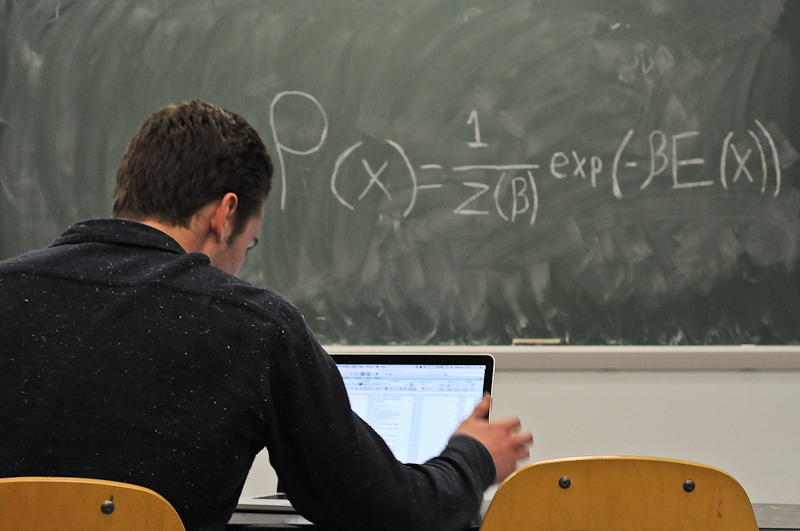Carleton launched its new Institute of Data Science on April 1 as part of an effort to integrate data analytics into its various faculties.
The announcement was made in conjunction with the university’s second annual Data Day, featuring presentations from Carleton researchers and the outer community on data science initiatives.
The new institute is an interdisciplinary initiative combining the use of big data, analytics, and data mining with existing Carleton programs such as the social sciences, humanities, engineering, and others, through partnerships with the government and private sector.
Carleton communications professor Merlyna Lim presented on data’s role in social media and network activism, and said her research uses big data to complement modern understandings of social movements and activism.
Lim, the Canada Research Chair in digital media and global network society, said she has particularly focused on the contributions of social media in uprisings such as the Arab Spring.
“Understanding the past is very important for understanding the present and the future,” Lim said.
“By reading data and then generating patterns, you could actually learn about various possibilities, things that could unravel in the future,” she said. “We need to understand this in order to have better policies for example, especially for marginalized groups how we could accommodate pro-democratic activism.”
Lim said her research has been made possible by new forms of data analysis.
“Political activism in the Middle East for example, that’s very hard to access twenty years ago,” she said. “Our data right now has changed. They are not bound to a place but they are bound to network. Once you get connected to Facebook network or Twitter network . . . it means you get data without going to a certain place. It means you reduce the cost.”
Shikharesh Majumdar, Director of the Real Time and Distributed Systems Research Centre in Carleton’s Faculty of Engineering and Design, presented on the role of cloud computing and data analytics.
The data science institute will help train students to analyze and make sense of big data, skills that will be necessary for future job opportunities, according to Majumdar.
He said smart facilities—buildings equipped with multiple sensors to gather information—require real-time management of large streams of data. This could be useful in a hospital, for instance.
“You can look at the streaming data coming from various patients and monitor their health and make decisions that can actually save their lives,” he said. “You can monitor probably seniors in homes where they’re living independently and they’ve got sensors located at various places in their homes and you would like to get this data in real-time and make decisions as to their health.”
Lim said the key, no matter which discipline is engaging in data analysis, is to understand the phenomena being studied.
“If you don’t have understanding, our every single act for the future is based on ad hoc—‘OK, something happened, let’s do something,” she said. “If we have better understanding we are better people but also we could leverage our knowledge to recommend better solutions, better policies, and just better understandings of society.”






